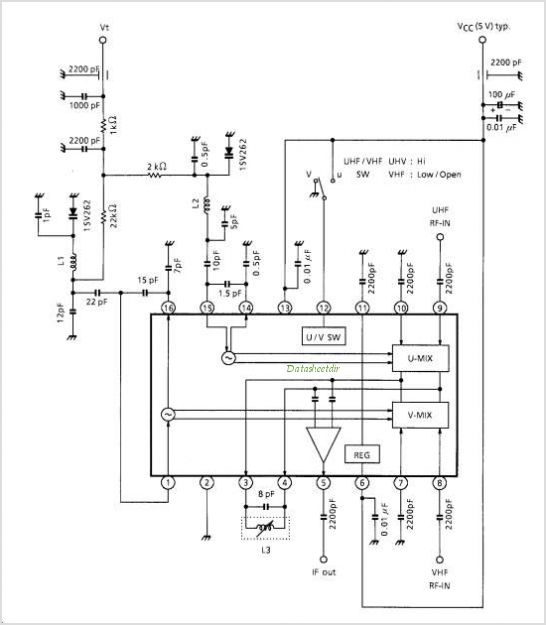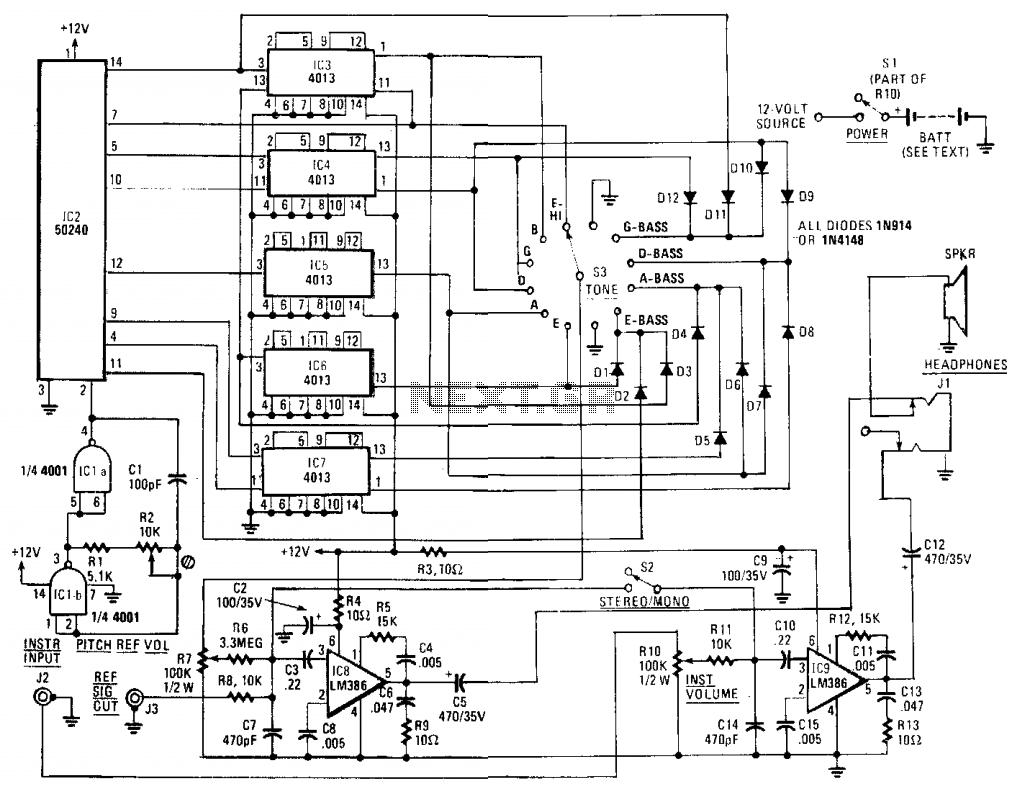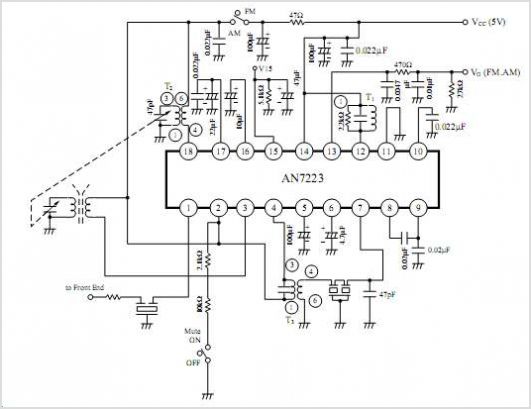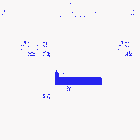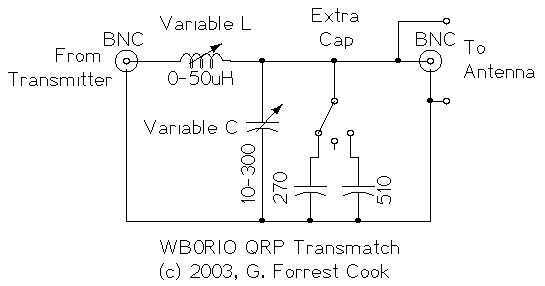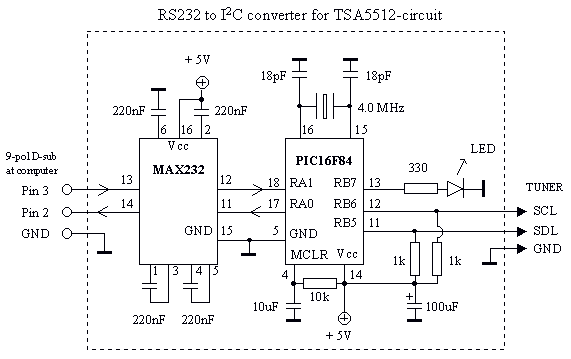
OIRT Tuner
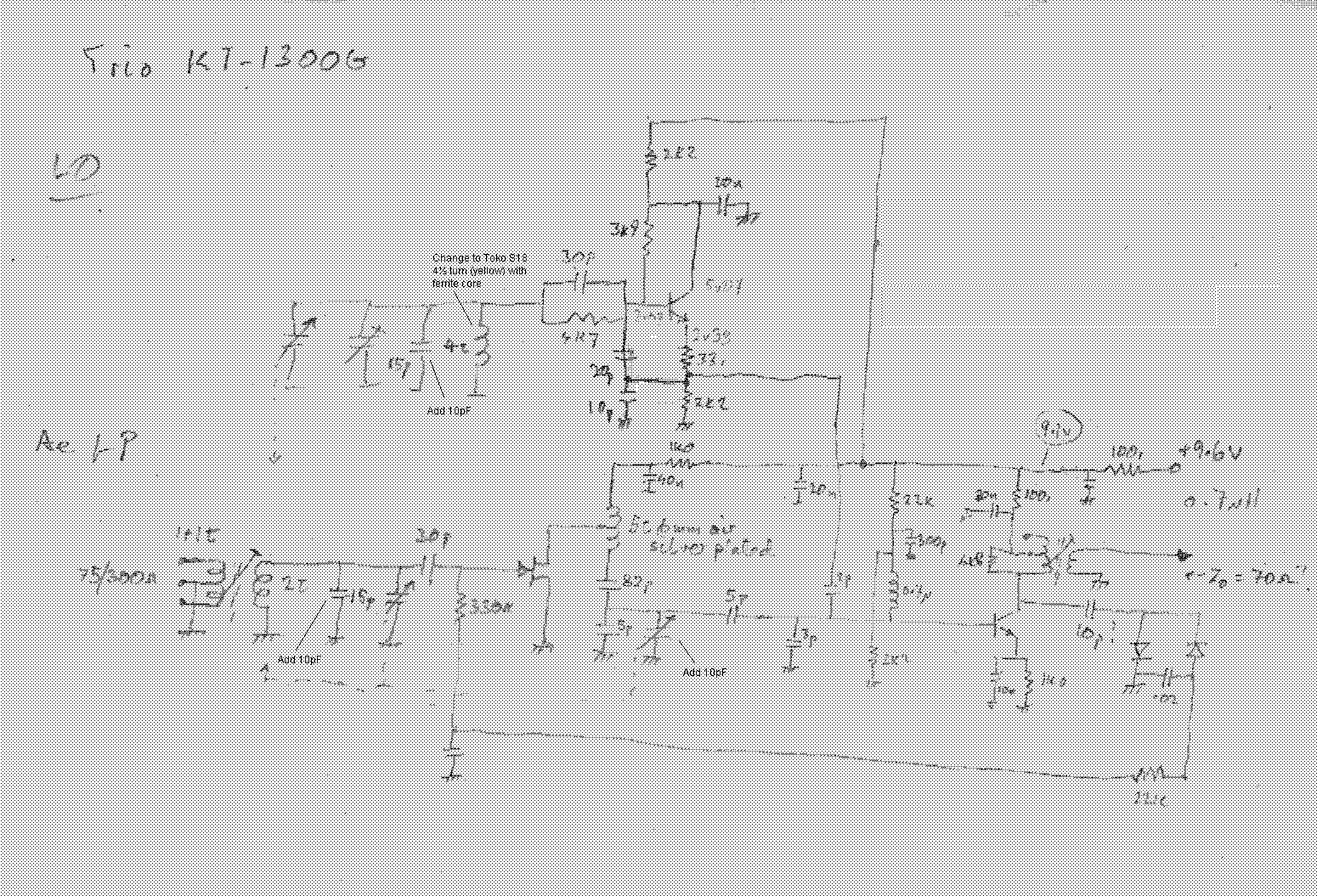
For long-distance listeners (DX-ers), it is a pleasure to tune into an 8 MHz wide band that is typically unoccupied but can provide periods of clear reception during the Sporadic E season from various distant countries. Usually, only one or two transmitters will occupy the band for a few minutes, but when ionization is widespread and intense, the band can become filled with pop stations, speeches, news, and cultural programs for extended periods. Notably, while the modulation details are similar to those in the western CCIR FM band, occupying the same 200 - 250 kHz of spectrum, the channel spacing is 30 kHz instead of 100 kHz. This is akin to the offsets used in TV channels to prevent co-channel interference. The pre-emphasis is set at 50 kHz, as in Western Europe, and Zenith multiplex stereo is increasingly used, along with the Soviet system that transmits the difference signal as an AM reduced-subcarrier signal at 31.25 kHz. Tuners designed for this band occasionally appear on auction sites, and many abandoned tuners likely exist in countries like Poland and Hungary. Locally produced PLL models were manufactured by Diora in Poland and Teleton in Hungary. Japanese manufacturers, including Sony and Technics, have also produced several PLL synthesized models that typically offer manual switching between the two stereo systems. However, the DX community often utilizes high-end scanning receivers or general-coverage VHF receivers, such as the Icom PCR-1000 or R7100, for this band. Alternatively, a dedicated receiver can be inexpensively created by modifying an old Band II FM tuner. The ideal model would have both an FM tuning meter and a signal level meter, but selecting the tuner requires internal inspection to ensure that the mechanical construction allows access to the necessary front-end tuned circuits. A typical mechanically-tuned tuner from the 1970s (with a tuning meter) has been modified to provide the required frequency coverage while minimizing spurious responses to signals in the CCIR 97.5 - 108 MHz FM band. To accurately display the 30 kHz channel in a receiver with a bandwidth greater than 30 kHz, the sensitivity of the analog tuning meter has been increased, and a buffered local oscillator output has been made available for use with an external frequency counter. Before modifying an old tuner, it is essential to verify its performance in Band II. It is highly recommended to measure the quieting performance of the tuner to ensure that its sensitivity is adequate for DX work and to confirm sensitivity post-modification. Several resources on receiver sensitivity and noise measurements can be found on the Repeater-Builder website, such as discussions on 20 dB quieting and its implications. This process necessitates a signal generator with a calibrated output level.
For effective long-distance listening, the setup requires careful attention to the tuner specifications and modifications. The 8 MHz band provides a unique opportunity for reception during specific atmospheric conditions, particularly during Sporadic E events. The importance of channel spacing and modulation techniques cannot be overstated, as they significantly impact the quality of reception and the ability to discern multiple signals within the limited bandwidth. The modification of older tuners not only enhances their utility for current listening practices but also preserves vintage technology.
When selecting a tuner for modification, it is crucial to assess the internal architecture, focusing on the accessibility of the tuned circuits. The presence of both a tuning meter and a signal level meter is advantageous for monitoring reception quality. The modification process should involve enhancing the tuning meter sensitivity and ensuring that the local oscillator output can interface with modern frequency counting equipment, which aids in precise tuning and signal analysis.
Post-modification performance testing is essential to ensure that the tuner meets the required sensitivity levels for effective DXing. Utilizing a calibrated signal generator for quieting measurements provides a quantitative assessment of the tuner’s capabilities. The modifications undertaken should result in a device capable of efficiently receiving and processing signals within the specified frequency range while minimizing interference from adjacent channels. This approach not only optimizes the listening experience but also contributes to the broader community of radio enthusiasts engaged in long-distance listening.For the long-distance listener (dx-er) it is a treat to listen on a band 8MHz wide which normally is completely empty, but which is capable of providing periods of clear reception during the `Sporadic E` season from several distant countries. Usually only one or two transmitters will occupy the band for a few tens of minutes, but when the ionisation
is widespread and intense the band can become jam-packed with pop stations, speech, news and cultural programmes for many hours It is interesting to note that, although the modulation details are the same as in the western CCIR FM band, occupying the same 200 - 250kHz of spectrum, the channel spacing is now 30kHz, rather than 100kHz. This is comparable to the `offsets` as used in TV channels to avoid co-channel interference. The pre-empahsis is 50kHz as in western Europe, and Zenith multiplex stereo is increasingly used, as well as the Soviet system in which the difference signal is transmitted as an AM reduced-subcarrier signal at 31.
25kHz. Tuners made for the band occasionally turn up on ebay. de, and there must be heaps of abandoned tuners in, say, Poland and Hungary. Locally produced PLL models were made by Diora in Poland and Teleton in Hungary. Several PLL synthesised models have been produced by Japanese manufacturers including Sony and Technics and generally offer manual switching between the two stereo systems. However, the `DX` community tends to use high-end `scanning` receivers or general-coverage VHF receivers, such as the Icom PCR-1000 or R7100 for this band.
Alternatively, a dedicated receiver for the band can be made cheaply by modifying an old Band II FM tuner. The ideal model to choose would have both an FM `Tuning Meter` and Signal Level Meter, but the choice of tuner requires internal inspection of candidate tuners to ascertain whether the mechanical construction will allow access to the necessary front-end tuned circuits.
Here I have modified a typical mechanically-tuned tuner from the 1970`s (with Tuning Meter) in such a way as to give the required frequency coverage with very low levels of spurious response to signals in the CCIR 97. 5 - 108MHz FM band. In order to display the 30kHz channel accurately in a receiver having a bandwidth greater than 30kHz, the sensitivity of the analogue `tuning meter` was increased, and a buffered LO output was made available for use with an external frequency counter.
Before starting to modify an old tuner, you should be confident of its the performance in Band II. I strongly recommend that you measure the `quieting` performance of the tuner, to ensure that the sensitivity is suitable for `Dx` work, and for confirmation of the sensitivity after the modifications. There are several articles on receiver sensitivity and noise measurements on the Repeater-Builder website - see for example 20 dB quieting and what it means.
This requires a signal generator with calibrated output level. See my results of quieting measurements on some typical tuners. The tuner originally had two IFT`s and two ceramic fil 🔗 External reference
For effective long-distance listening, the setup requires careful attention to the tuner specifications and modifications. The 8 MHz band provides a unique opportunity for reception during specific atmospheric conditions, particularly during Sporadic E events. The importance of channel spacing and modulation techniques cannot be overstated, as they significantly impact the quality of reception and the ability to discern multiple signals within the limited bandwidth. The modification of older tuners not only enhances their utility for current listening practices but also preserves vintage technology.
When selecting a tuner for modification, it is crucial to assess the internal architecture, focusing on the accessibility of the tuned circuits. The presence of both a tuning meter and a signal level meter is advantageous for monitoring reception quality. The modification process should involve enhancing the tuning meter sensitivity and ensuring that the local oscillator output can interface with modern frequency counting equipment, which aids in precise tuning and signal analysis.
Post-modification performance testing is essential to ensure that the tuner meets the required sensitivity levels for effective DXing. Utilizing a calibrated signal generator for quieting measurements provides a quantitative assessment of the tuner’s capabilities. The modifications undertaken should result in a device capable of efficiently receiving and processing signals within the specified frequency range while minimizing interference from adjacent channels. This approach not only optimizes the listening experience but also contributes to the broader community of radio enthusiasts engaged in long-distance listening.For the long-distance listener (dx-er) it is a treat to listen on a band 8MHz wide which normally is completely empty, but which is capable of providing periods of clear reception during the `Sporadic E` season from several distant countries. Usually only one or two transmitters will occupy the band for a few tens of minutes, but when the ionisation
is widespread and intense the band can become jam-packed with pop stations, speech, news and cultural programmes for many hours It is interesting to note that, although the modulation details are the same as in the western CCIR FM band, occupying the same 200 - 250kHz of spectrum, the channel spacing is now 30kHz, rather than 100kHz. This is comparable to the `offsets` as used in TV channels to avoid co-channel interference. The pre-empahsis is 50kHz as in western Europe, and Zenith multiplex stereo is increasingly used, as well as the Soviet system in which the difference signal is transmitted as an AM reduced-subcarrier signal at 31.
25kHz. Tuners made for the band occasionally turn up on ebay. de, and there must be heaps of abandoned tuners in, say, Poland and Hungary. Locally produced PLL models were made by Diora in Poland and Teleton in Hungary. Several PLL synthesised models have been produced by Japanese manufacturers including Sony and Technics and generally offer manual switching between the two stereo systems. However, the `DX` community tends to use high-end `scanning` receivers or general-coverage VHF receivers, such as the Icom PCR-1000 or R7100 for this band.
Alternatively, a dedicated receiver for the band can be made cheaply by modifying an old Band II FM tuner. The ideal model to choose would have both an FM `Tuning Meter` and Signal Level Meter, but the choice of tuner requires internal inspection of candidate tuners to ascertain whether the mechanical construction will allow access to the necessary front-end tuned circuits.
Here I have modified a typical mechanically-tuned tuner from the 1970`s (with Tuning Meter) in such a way as to give the required frequency coverage with very low levels of spurious response to signals in the CCIR 97. 5 - 108MHz FM band. In order to display the 30kHz channel accurately in a receiver having a bandwidth greater than 30kHz, the sensitivity of the analogue `tuning meter` was increased, and a buffered LO output was made available for use with an external frequency counter.
Before starting to modify an old tuner, you should be confident of its the performance in Band II. I strongly recommend that you measure the `quieting` performance of the tuner, to ensure that the sensitivity is suitable for `Dx` work, and for confirmation of the sensitivity after the modifications. There are several articles on receiver sensitivity and noise measurements on the Repeater-Builder website - see for example 20 dB quieting and what it means.
This requires a signal generator with calibrated output level. See my results of quieting measurements on some typical tuners. The tuner originally had two IFT`s and two ceramic fil 🔗 External reference
Warning: include(partials/cookie-banner.php): Failed to open stream: Permission denied in /var/www/html/nextgr/view-circuit.php on line 713
Warning: include(): Failed opening 'partials/cookie-banner.php' for inclusion (include_path='.:/usr/share/php') in /var/www/html/nextgr/view-circuit.php on line 713
